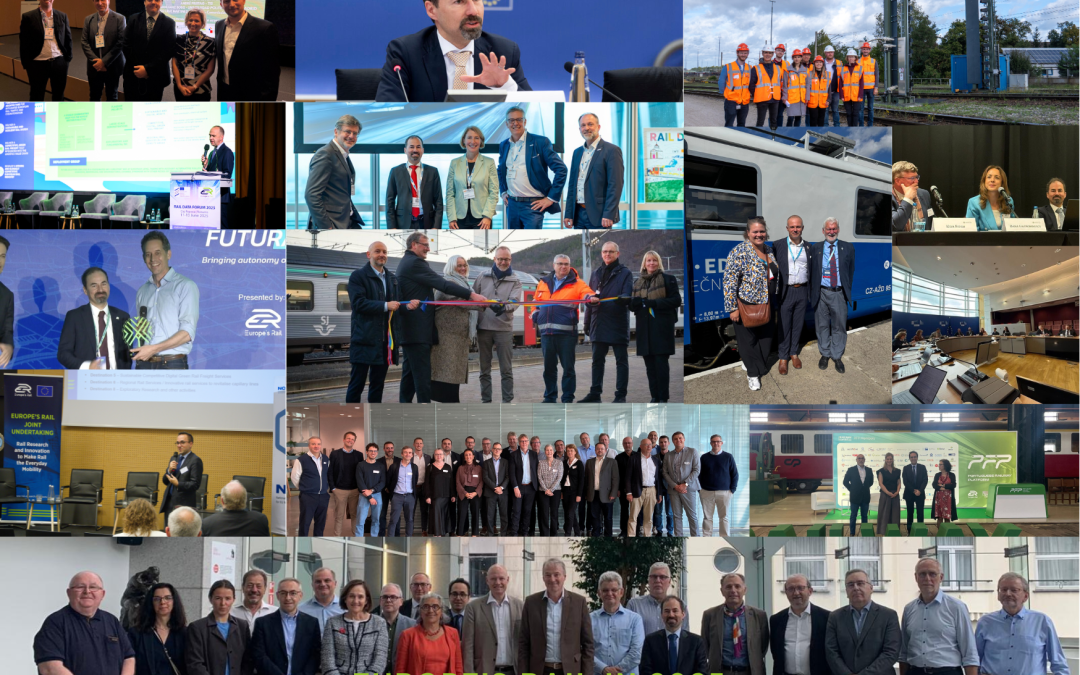2025 saw Europe’s Rail (EU-Rail) make significant progress across multiple initiatives, fostering partnerships and...

Massive efforts are underway to make railways even more energy-efficient and quieter. A central challenge is to measure key sustainability and noise and vibration criteria, highlighting impacts of technological innovations.
By focusing on two main areas:

Shift2Rail set out to develop a standardised methodology for estimating energy consumption through simulation and measurement
Researchers developed simulation methodologies for a train’s exterior noise – at standstill and passby. They improved predictions of ground-vibrations by passing trains.
Models and parameters were improved to calculate energy consumption of reference trains more accurately, taking into account five key topics:
Shift2Rail’s most effective innovations to reduce energy consumption:
| System Platform Demonstrations | Energy Key Performance Indicators improvement achieved |
| High speed trains (max 300 km/h or higher, and 250 km/h) | 3.77% – 5.71% |
| Regional trains (max 160 km/h, and 140 km/h) | 12.35% – 14.19% |
| Metro | 12.52% |
| Suburban | 6.46% |
| Freight mainline | 19.82% – 24.24% |
Methods to identify and separate noise sources from trains passing a measuring point
Uncertainty assessment of exterior noise simulations
Noise simulation tools used to model the trains and calculate noise: SITARE; TraiNoiS; ProgNoise. Overall passby level calculated with accuracy of 2dB or less in 90% of cases
Feasibility of reference track normalisation
New proposals for future revisions of TSI and standards (ISO 3095, EN 15461, TSI-Noise) to enable future transpositions to a virtual reference track
Simulation tool for vibrations
Validating the vibration prediction tool’s ability to predict vibrations from railway traffic in buildings next to the track
Software tools for auralisation and visualisation
In listening tests, people struggled to identify which files were measured or auralised: the tool can be used to communicate mitigation measures

The total energy-saving potential of Shift2Rail’s innovations is about:
Many innovations exist to reduce noise and vibration caused by rail transport, including:
Railways have become 37% more energy efficient since the year 2000